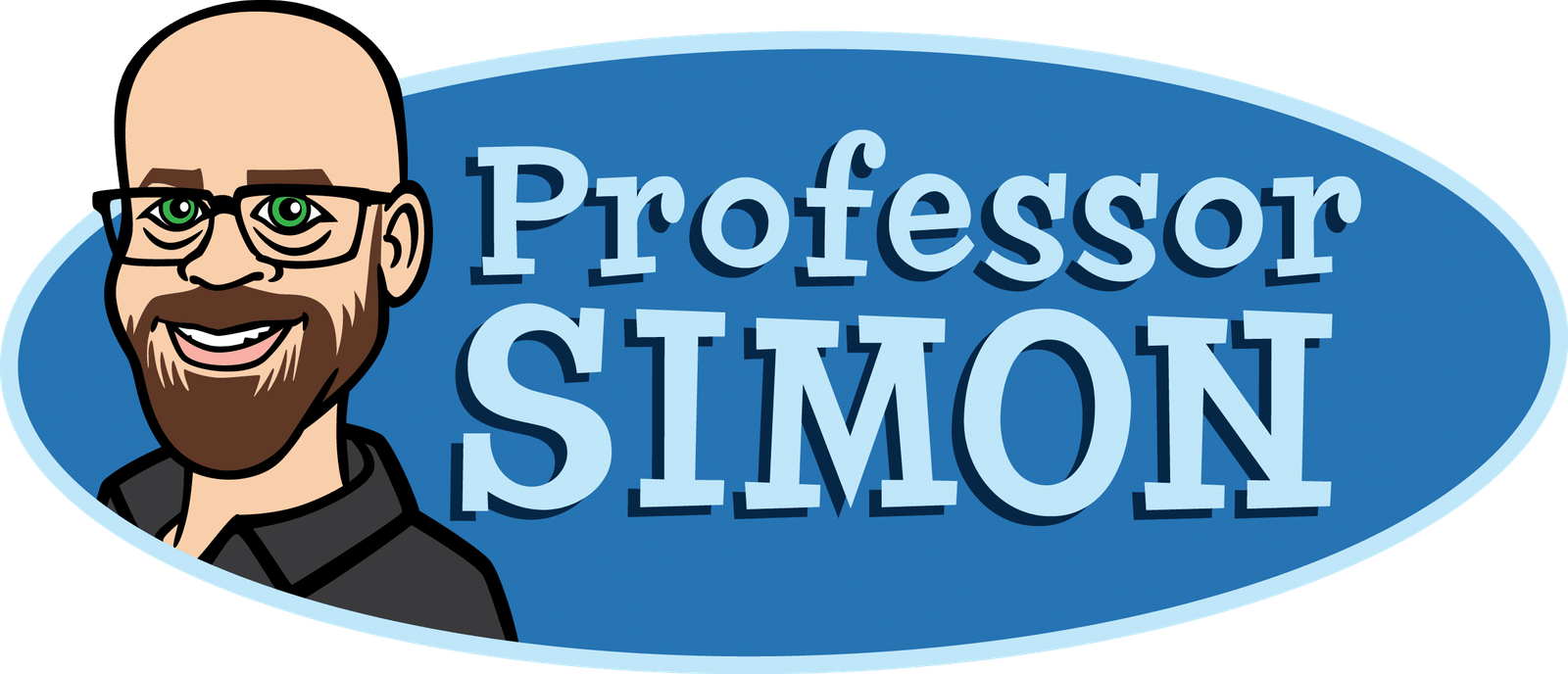In today’s digital world, IT is an essential industry that powers nearly every aspect of modern life. From cloud computing and cybersecurity to software development and data analytics, the field of information technology offers countless opportunities. But what if you don’t have a tech background? Can you break into IT without prior experience? The answer is yes—but with some important caveats. In this deep dive, we’ll provide a reality check on what it takes to learn IT from scratch, the challenges you might face, and the pathways to success.
Understanding the IT Landscape
IT is a broad and diverse field with various specializations, each requiring different skill sets and levels of expertise. Some areas focus on security and risk management, while others revolve around infrastructure, coding, or data management. Knowing these categories can help you determine where you might fit based on your existing skills and interests.
Cybersecurity is one of the fastest-growing fields within IT, primarily focused on protecting systems, networks, and data from cyber threats. Professionals in this area are responsible for identifying vulnerabilities, implementing security measures, and responding to cyber incidents. It requires a combination of technical knowledge and strategic thinking, and many enter this field by obtaining certifications such as CompTIA Security+ or Certified Ethical Hacker (CEH).
Networking is another crucial area in IT, involving the management, maintenance, and troubleshooting of networks that enable communication between devices. This includes configuring routers, switches, firewalls, and understanding network protocols. Those interested in this field often pursue certifications like Cisco’s CCNA or CompTIA Network+ to establish their expertise.
Cloud computing is revolutionizing the IT landscape, as companies increasingly move their operations to cloud platforms such as Amazon Web Services (AWS), Microsoft Azure, and Google Cloud. Cloud professionals are responsible for managing cloud infrastructure, ensuring security, and optimizing resources. Many start with the AWS Certified Cloud Practitioner or Azure Fundamentals certification before advancing to more specialized cloud roles.
Data science and analytics involve collecting, analyzing, and interpreting large datasets to provide business insights. This area is ideal for those who enjoy working with numbers, statistics, and problem-solving. It requires familiarity with programming languages such as Python or R, as well as knowledge of machine learning and data visualization tools like Tableau or Power BI.
Software development is the backbone of IT, focusing on designing, coding, testing, and maintaining applications. Developers use programming languages like Java, Python, JavaScript, and C++ to build web applications, mobile apps, and software solutions. Many aspiring developers start with online coding bootcamps or certifications in specific programming languages.
IT support and helpdesk roles serve as entry points for many newcomers, as they involve assisting users with technical problems, troubleshooting hardware and software issues, and managing IT assets. These roles require strong communication skills and a good understanding of computer systems, making them ideal for those transitioning from customer service or administrative positions.
Project management in IT focuses on overseeing technology-related projects, ensuring they are completed on time, within budget, and according to specifications. While project managers do not necessarily need deep technical expertise, they must understand IT concepts and workflows. Many professionals gain entry through certifications like PMP (Project Management Professional) or CompTIA Project+.
Do You Need a Tech Background to Learn IT?
Not at all. Many professionals enter IT from fields like finance, healthcare, education, and business. However, your learning path and challenges will depend on your previous experience and how much time you’re willing to invest. If you’ve never worked with technology beyond using a smartphone or basic office applications, you will need to build foundational knowledge.
Those with experience in adjacent fields, such as mathematics, business analysis, or customer service, might find certain IT roles more accessible. For example, a business analyst transitioning into data analytics may already possess strong problem-solving skills that are valuable in IT.
Challenges You May Face
Transitioning into IT from a non-tech background isn’t impossible, but it does require effort and persistence. One of the biggest challenges is learning new concepts from scratch. IT has its own language—concepts like algorithms, protocols, and databases can seem like an entirely new vocabulary. You may feel overwhelmed at first, but with consistent practice, these concepts will start making sense.
Another common challenge is overcoming impostor syndrome. Many career changers experience self-doubt, questioning whether they truly belong in IT. It’s important to remember that every expert started as a beginner. Building confidence comes with experience and applying what you learn in real-world scenarios.
Finding the right learning path can also be daunting. With so many courses, certifications, and boot camps available, choosing the right path can be confusing. While self-paced online learning is an excellent option, structured programs, mentorship, or guided training can accelerate your progress.
Additionally, gaining hands-on experience is essential. IT is a practical field, meaning you need more than theoretical knowledge. Setting up virtual labs, working on projects, and engaging in real-world simulations can help solidify your learning.
Finally, balancing learning with other responsibilities can be tough. If you’re already working full-time or have family obligations, carving out time for studying can be difficult. Prioritizing a study schedule and committing to consistent learning will help you make steady progress.
How to Successfully Learn IT Without a Tech Background
If you’re serious about transitioning into IT, you need a structured approach. The first step is to start with the basics. Before jumping into specialized areas, it’s crucial to build a foundational understanding of IT concepts such as operating systems, networking, security, and programming. Free resources like CS50 (Harvard’s Introduction to Computer Science) and CompTIA IT Fundamentals+ (ITF+) are great starting points.
Once you have the basics down, choosing a specialization will help you stay focused. Based on your interests and career goals, you might explore cybersecurity, cloud computing, software development, IT support, or another field that aligns with your skills.
Certifications can help you stand out, especially when you lack formal IT experience. Some great entry-level certifications include CompTIA A+ for IT support roles, CompTIA Security+ for cybersecurity beginners, AWS Certified Cloud Practitioner for those interested in cloud computing, and Google IT Support Professional Certificate as an introduction to IT support.
Hands-on practice is essential for developing skills. Setting up a home lab to practice networking and cybersecurity skills, completing free cloud projects using AWS, Azure, or Google Cloud, using virtual machines to experiment with Linux and Windows servers, and contributing to open-source projects on GitHub are excellent ways to gain experience.
Engaging in a learning community can also accelerate your progress. Joining online forums, attending IT meetups, or participating in study groups provides motivation and networking opportunities.
Applying for entry-level jobs, internships, or apprenticeships is the next step. Breaking into IT requires real-world experience, so look for roles such as IT support, helpdesk technician, or junior cybersecurity analyst. Volunteering for nonprofit organizations, setting up IT solutions for local businesses, or freelancing can also help build your resume.
Finally, a strong resume and LinkedIn profile are essential. Highlight transferable skills, certifications, and hands-on projects in your resume. Even if you haven’t worked in IT before, emphasize your problem-solving abilities, analytical thinking, and ability to learn quickly.
Final Thoughts
Can you learn IT without a tech background? Absolutely. But it requires commitment, patience, and strategic learning. The key is to start small, focus on practical skills, and build experience through hands-on projects and certifications. While the road may not always be easy, the demand for IT professionals continues to grow, making this a highly rewarding field to enter.
Whether you’re looking for a career change or exploring IT out of curiosity, there’s a path forward for you. The most important step is to start—one concept, one project, and one opportunity at a time.









